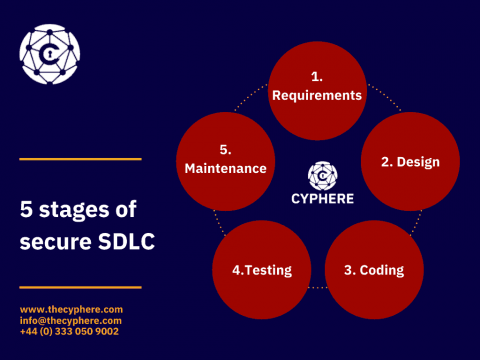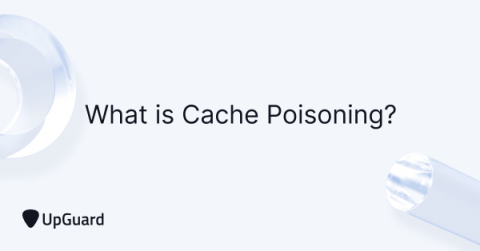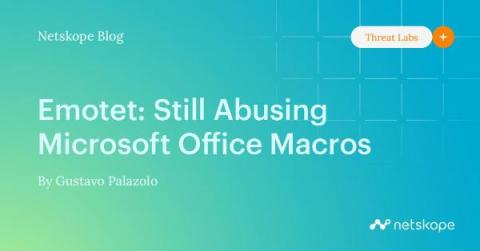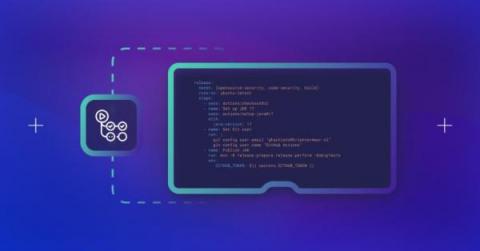Improving Clinical Operations Efficiency through Network Analytics
In any organization and in largely any industry, most network analytics are driven by IT. Healthcare providers are no exception. The insights extracted via network analytics offer serious opportunities for operational improvements and added value across departments. There are also significant ancillary benefits from a more cyber-aware and “plugged in” organizational posture — including improved information sharing, collaboration, and security.











